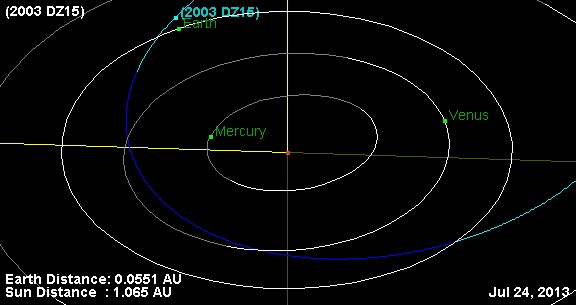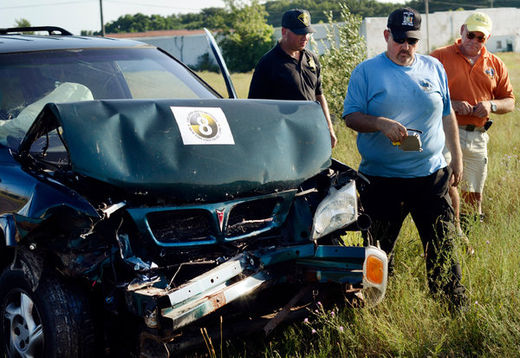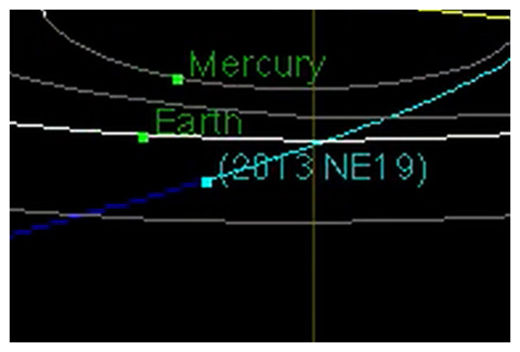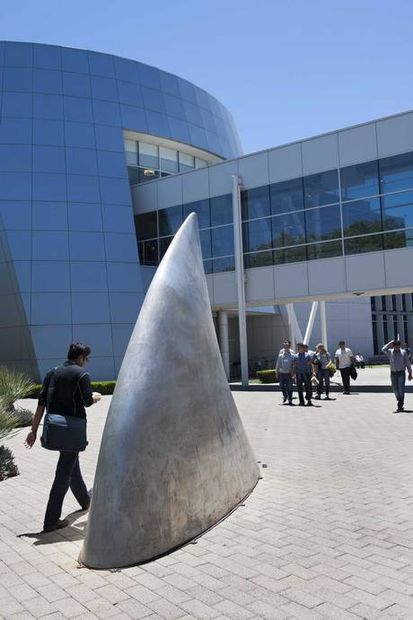
© Ana Marques/Shutterstock
Conventional theories have placed life on land for the last 500 million years, but a new study from a team of American and Australian researchers might push that back to 2.2 billion years.
To support their claim, the scientists presented evidence in the form of tiny newly discovered fossils the size of a match head called
Diskagma buttonii that were discovered in ancient soil samples.
"They certainly were not plants or animals, but something rather more simple," said co-author
Gregory Retallack, co-director of paleontological collections at the University of Oregon's Museum of Natural and Cultural History.
The fossils are small, vase-like structures with a cup on one end and a basal tube on the other end. Retallack says these ancient organisms are comparable to a modern soil organism called Geosiphon, a fungus containing a cavity filled with symbiotic cyanobacteria.
"There is independent evidence for cyanobacteria, but not fungi, of the same geological age, and these new fossils set a new and earlier benchmark for the greening of the land," he said. "This gains added significance because fossil soils hosting the fossils have long been taken as evidence for a marked rise in the amount of oxygen in the atmosphere at about 2.4 billion to 2.2 billion years ago, widely called the Great Oxidation Event."
That event, which occurred around 2.4 billion years ago, boosted atmospheric oxygen to around 5 percent - still a far cry from today's level of 21 percent.












Comment: The technology is being used in more places, but unlike celebrities, many people aren't happy about the practice:
Facebook in New Privacy Row Over Facial Recognition Feature
5 Unexpected Places You Can Be Tracked With Facial Recognition Technology
Google debates face recognition technology